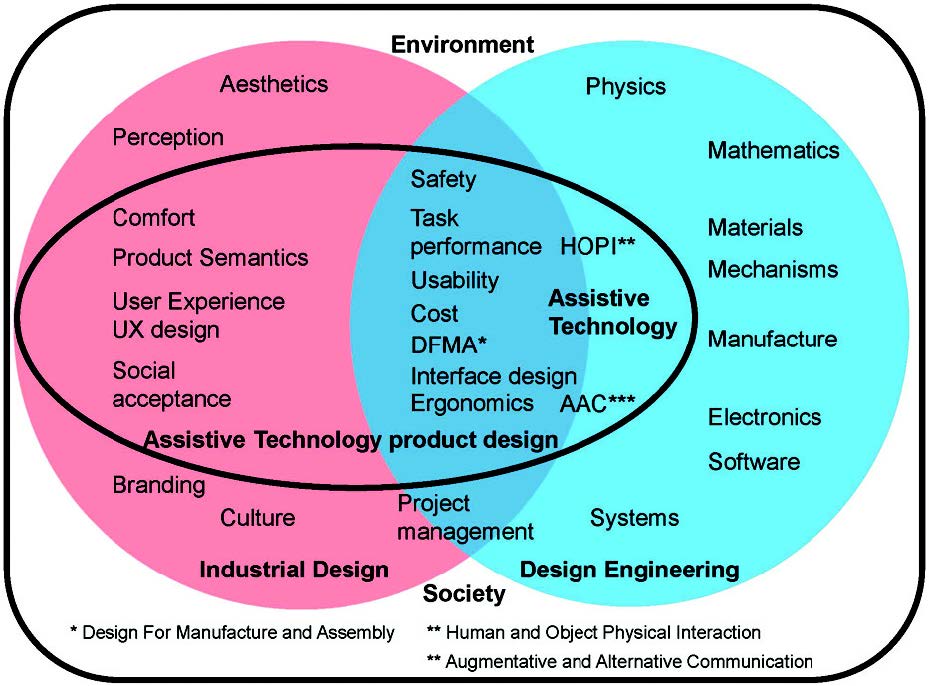The Usability-NET resource was first designed, produced, and published free online in 1996, by George Torrens, an Industrial Designer and researcher in the field of Assistive Technology (AT) products since 1986.
Initially, the resource was focused on sign-posting design students to relevant webpages and resources that would help them gain a better understanding of people with disabilities and the products they current used. Between 1998 and 2014 students produced webpages for the resource on their findings applying a user-centred approach to new product development.
In 2015 George Torrens revised the focus of the website from signposting to AT products, businesses and associated Charitable organisations to the research and design methods that underpinned a new approach to user-centred design of AT products.
The resource is now a series of research methods, design methods and design heuristics that are grouped into phases of a design process. The process is based on United Kingdom standards and a consensus of conventions. The grouping of methods and heuristics follows the Loughborough User-Centred Assistive Technology (LUCAT) design process. The LUCAT design process has been developed based on the research of George Torrens spanning over 25 years at Loughborough University.
Scope
The materials presented in this resource are focused on human-scale Assistive Technology products and designs that were either hand-held or body worn, which included wheelchair accessories. The viewpoint taken in all studies was from that of an Industrial Designer. The context of the evaluation was from within the support and funding structures of United Kingdom (UK) based healthcare. Reference to other International healthcare structures and viewpoints were translated into or compared with a UK context. The context and terminology from definitions related to a Design discipline were from a UK perspective.
The design of medical products, such as those used in secondary care (Medical Hospitals) for example; interior design or architectural issues, such as accessibility and space design, are currently beyond the scope of this resource. Similarly, issues of creativity, design decision-making and innovation were not addressed in the resource, as outside the scope of material.
The material assumes some background knowledge of design or engineering processes. Statistical validation of outcomes are mentioned, but not discussed in detail across all the material.

